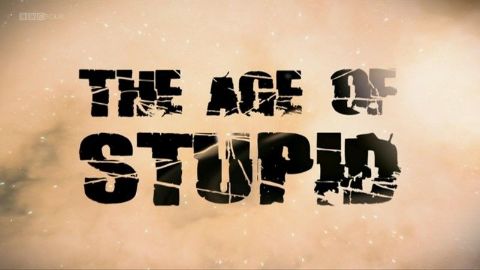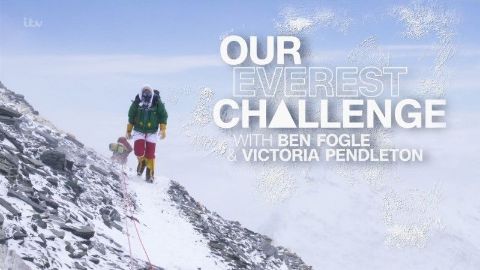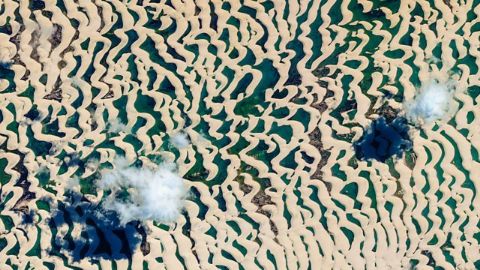The Chernobyl Disaster • 2022
Reveals the events that led to the 1986 nuclear accident. Ch1: Meltdown The events that led up to the nuclear disaster in 1986, hearing from those who were caught up in the tragedy, and those who risked their lives cleaning up afterwards. The series also details events in 2022, when Russian forces took over Chernobyl during its war against Ukraine, and the plant was once again set on a potentially catastrophic course. Narrated by Ben Fogle. Ch2: Firestorm With the reactor on fire and radiation spewing out into the atmosphere, firefighters battle to bring the blaze under control. A former Soviet helicopter pilot reveals what it was like flying over the core, while a historian who grew up in neighbouring Belarus reveals how her mother pulled her out of school and kept her inside when her father - a nuclear scientist - heard rumours of an explosion. Ch3: Fallout Reveals the huge sacrifice made by thousands to contain this devastating nuclear disaster. Contributors include those who risked persistent deadly radioactive levels to clean up the site.
Make a donation
Buy a brother a hot coffee? Or a cold beer?
Hope you're finding these documentaries fascinating and eye-opening. It's just me, working hard behind the scenes to bring you this enriching content.
Running and maintaining a website like this takes time and resources. That's why I'm reaching out to you. If you appreciate what I do and would like to support my efforts, would you consider "buying me a coffee"?
Donation addresses
BTC: bc1q8ldskxh4x9qnddhcrgcun8rtvddeldm2a07r2v
ETH: 0x5CCAAA1afc5c5D814129d99277dDb5A979672116
With your donation through , you can show your appreciation and help me keep this project going. Every contribution, no matter how small, makes a significant impact. It goes directly towards covering server costs.





